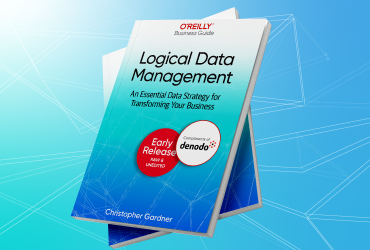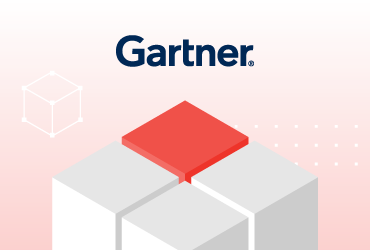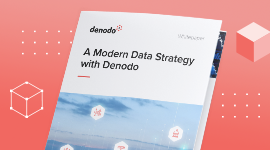Introduction to the Semantic Layer
Data-driven decision-making is critical for modern organizations, but many struggle with inconsistent data definitions, slow data access, and fragmented data environments. The root cause? Most organizations already define semantics—but they do so in isolated BI tools, analytics platforms, or individual data sources, leading to inconsistencies, inefficiencies, and duplicated efforts.
What is a Semantic Layer?
A semantic layer addresses this challenge by serving as a universal, consistent, and business-friendly abstraction layer that sits between raw data and all analytics tools. It provides all data consumers—business users, AI models, and analytics applications—with access to a single, trusted source of truth.
By eliminating redundant semantic definitions, enforcing consistent business metrics, and streamlining self-service analytics, a semantic layer plays a critical role in modern enterprise data management.
Why Is a Semantic Layer Important?
The Challenge: Inconsistent, Siloed, Semantic Definitions
In most organizations today:
- Business metrics and definitions are recreated multiple times across BI tools, analytics platforms, and data sources.
- Each tool has its own interpretation of key metrics, leading to discrepancies in reports and dashboards.
- Data teams spend time reconciling reports instead of analyzing insights.
- Business users don’t know which version of the data to trust, reducing confidence in analytics.
For example, one team might define “active customers” based on last purchase date, while another defines it based on customer engagement frequency—this would lead to inconsistent reporting across departments.
A semantic layer eliminates these inconsistencies by providing a single, authoritative definition of business metrics, accessible by all tools and data consumers.
Universal Semantic Layers
A universal semantic layer creates a central source of truth by:
- Defining and enforcing standardized business metrics across all reports, dashboards, and AI models
- Preparing all BI tools, analytics platforms, and AI applications to retrieve consistent, accurate data
- Reducing the time spent on duplicating and maintaining semantic definitions across multiple platforms
- Enabling business users to self-serve and explore data confidently, without relying on IT for reconciliation
With a universal semantic layer, organizations can increase efficiency, improve data trust, and accelerate decision-making across departments.
Key Benefits of Semantic Layers
A Single Source of Truth for All Tools & Users
By centralizing business metrics, data definitions, and calculations in a semantic layer, organizations establish:
- Consistency – Every team works with the same definitions of terms like “revenue,” “customer churn,” “product sales,” and others.
- Scalability – New BI tools, AI models, or analytics platforms can connect to the same semantic layer without rework.
- Efficiency – Reducing redundant semantic modeling across tools saves time and IT resources.
Business-Friendly Data Access
A semantic layer translates complex technical data structures into business-friendly concepts:
- Raw database fields containing entries like “cust_id” and “txn_amt” become "Customer ID" and "Transaction Amount."
- Data relationships are pre-defined so business users don’t need to manually join tables.
- Hierarchical data models provide flexible views for different departments and use cases.
This means that business users, AI models, and applications can access data in familiar terms, improving accessibility and usability.
Self-Service Analytics and AI-Ready Data
With a semantic layer, organizations can:
- Enable self-service analytics – Business users can explore data without needing SQL expertise.
- Improve AI and GenAI accuracy – AI models retrieve structured, business-friendly data with consistent definitions.
- Support natural language queries – Users can ask questions like “What were last quarter’s top-selling products?” and receive accurate, AI-generated insights.
Best Practices for Implementing a Semantic Layer
- Establish a Centralized, Universal Semantic Layer – Define and maintain a single version of business metrics for all BI tools and data consumers.
- Connect All Data Sources – Enable structured, semi-structured, and unstructured data to be accessed without duplication or fragmentation.
- Enable AI and Natural Language Processing – Provide business users with the means to interact with data through AI-driven insights and self-service analytics.
- Provide Data Governance and Security – Apply consistent security policies to protect sensitive data across all consumption layers.
- Standardize Across All BI Tools and Applications – Avoid fragmented semantic definitions by enforcing a universal, tool-agnostic approach.





